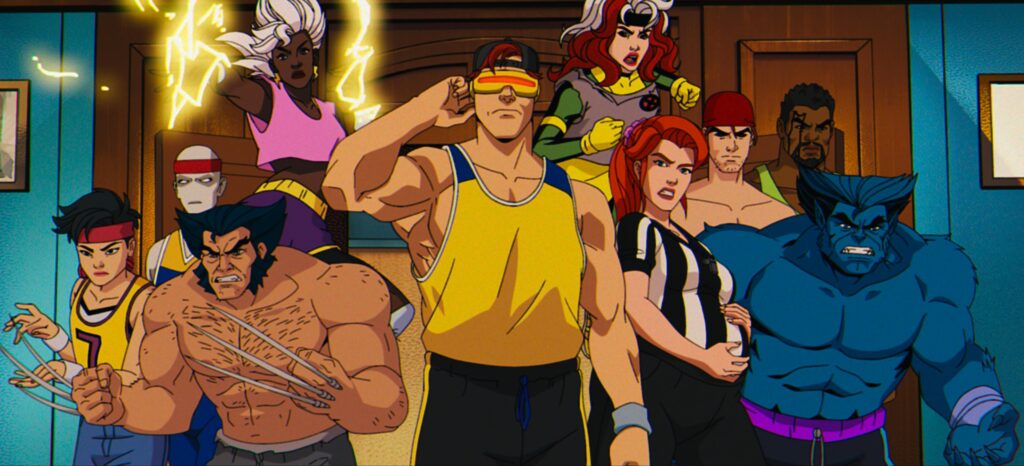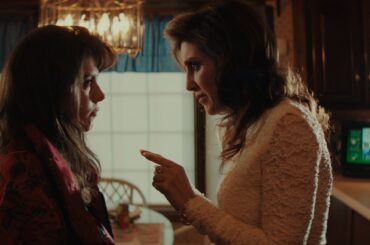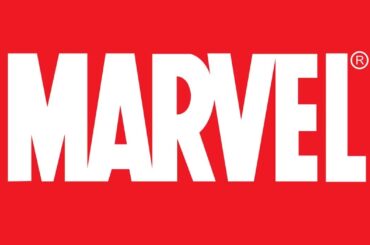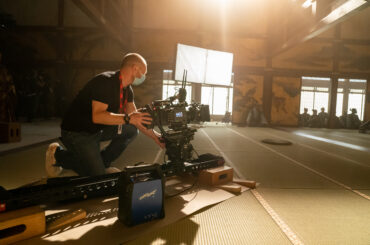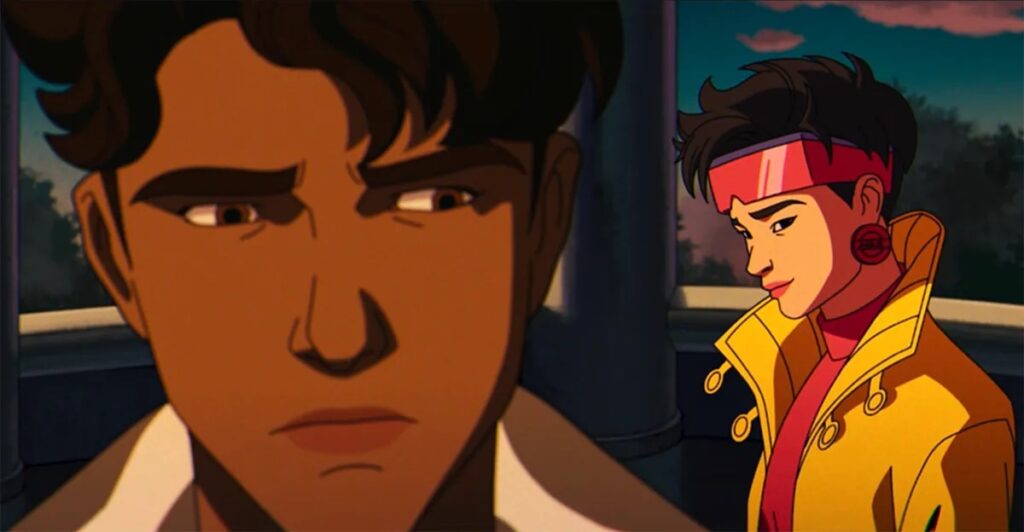
As we all know, nostalgia is a safety net. It’s easy for reboots, sequels, or remakes to ride the past’s coattails and do little else. It’s par for the course with IP, but in the case of X-Men ’97, the Marvel animated series takes pieces from the original cartoon and runs with them all the way to the end zone.
Pilot director and supervising producer, Jake Castorena, is one of the artists to credit and thank for the thrillingly entertaining 2D animated series. Castorena wanted to deepen themes, not only upgrade action. It’s a reason for the show’s creative success.
Recently, Castorena spoke with Immersive Media about X-Men ’97, the past and present of animation, and maintaining the essence of Stan Lee‘s characters.
[Note: This interview has been edited for clarity and length]
Directing the first episode, I imagine a lot of pressure setting a tone. How was that for you?
It is funny because it might as well be 700 years ago by this point. We’re well under way on season two. What a hell of an honor to help with the first one right out the gate. A lot of pressure too, man, because Marvel ain’t going to let us fuck this up. It’s the first real true venture into the X-Men IP that Marvel’s doing, and it’s that show, it’s show ‘92 proper, bringing it into ‘97.
It was a lot of figuring out the voice, figuring out the visual language of stuff, what to do, what not to do. It was figuring out a lot of that while still helping staff up the rest of the team, looking at portfolios, interviewing people, talking with execs to figure out how pipeline works and whatnot. So there was a lot going on behind the scenes, more than just, oh, let’s get this story right.
Also, let’s work on everything because I wanted to do my best, myself and team included, to set up our episodic directors, Emi/Emmett Yonemura and Chase Conley, for as much success as we could. Ideally after the first episode, I wanted to go, “Hey, this is what I learned. This is what you could do, this is what you shouldn’t do, and we go from there.”
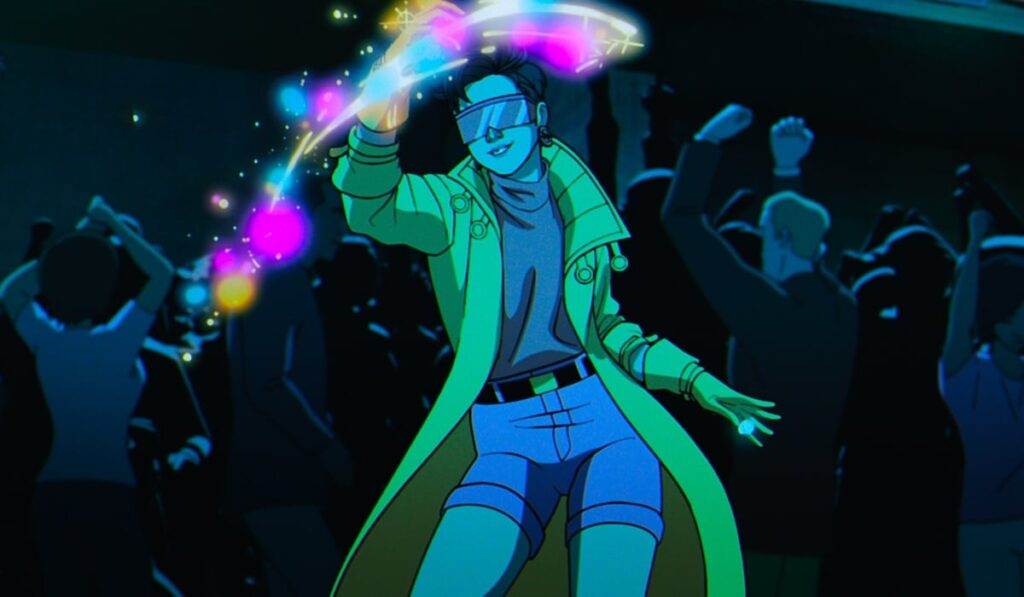
In regards to what to do and what not to do, what were some of those early lessons and learning curves for X-Men ‘97?
It’s been 30 plus years, right? Since then, we’ve just learned a lot as an industry, as artists, as creators, as storytellers, as creatives. They’re just a lot of do’s and don’ts. For example, how to pose characters, having them crawl in an army crawl to make it look a little cooler as opposed to on hands and knees. We can still do that, but there’s just certain visual language that’s in the zeitgeist of all of us as comic book fans that we like. “Oh, these poses have to be dynamic, or they have to be strong.”
For example, learning how to shoot things. Yeah, we draw it all out by hand, but we mimic lenses, and focal depth. All that stuff that has to all be thought about and put into the board. It quickly becomes if we shoot this too modern and we do too many bells and whistles, it’s instantly not the show anymore. But if we don’t improve, if we don’t bring in some new things that we’ve learned as an industry and as an artists in general, we’ll be bored. We won’t hold up to a lot of what’s done by my fellow peers and friends in the industry.
An absolute shout out to our episodic directors, Chase and Emi/Emmett, just raising the bar every episode from then on out, bringing a little bit of modernization into it, but not too much. We can have that relatability with modern audiences today, but ideally when you watch our show and the OG show in tandem, it’s cohesive. It feels like they are of the same spirit because we are a spiritual successor. We’re a revival, not a reboot. We have to fit into already pre-established parameters.
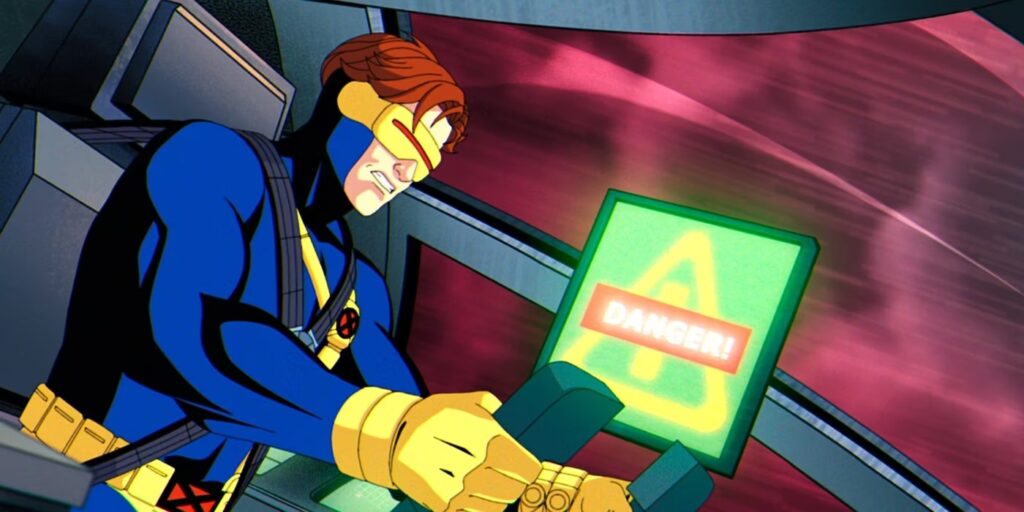
There’s a lot of emotion in X-Men ‘97. It really gets you at times. I think that’s a part of what makes it more than a nostalgia trip, right?
I’m glad you brought that up. If we’re going to bring a show back and be a spiritual successor, certain things are ingrained in the show’s DNA. If you don’t bring those in, you’re not the show. What I love about what Eric and Julia Lewald did along with Larry Houston and the whole team of the original show, they were in the bubble of it being a Saturday morning cartoon, but they never dumbed down or shied away from the themes, allegories, and prejudice.
The minute you take out prejudice from the X-Men, it’s no longer the X-Men anymore. It becomes a different Avengers team. One of my favorite examples from the original series is “Beauty and the Beast.” In the episode, Beast restores sight to one of his patients. Then her father comes in, he is like, “No dirty mutant is going to heal my daughter.”
Unbeknownst to me as a kid watching that, I just learned about prejudice. I remember being upset, but not understanding why. The fact that they were able to make it palatable, and to also have it be so monumentally large in scope, that’s the beauty of X-Men.
What the original showrunners did on their show, we got to follow suit. To hear people react to, “Oh man, you guys really hit it on the head,” or, “Man, this theme really was there,” or “I didn’t expect to feel that,” that’s cool. Ideally, we elevate our storytelling a little bit with the audience that has grown with them. A lot of avenues to explore making the show.
With the original series, were there any technical limitations you noticed that you found beautiful and didn’t think needed updating?
That’s so funny because the reality is yes, as a team, we gave ourselves false parameters. We give ourselves false no-nos on what to do. It’s essentially like, “Oh, cool, we did this thing. Damn, that’s hype. That’s a little too high tech or too much. Now, how would they have done this same thing back then? What were the tools and thought process?”
Let’s go into it with that mentality. It is badass. We’re inspired by how they would’ve done it based on technology and speed of rendering stuff or just even the production friendliness of just animation.
Now, I say that with a giant of salt because deadlines and things are always shuffling. It’s funny to see how that never changes, but even doing storyboards or editing, it’s digital, it’s there. Let’s give the editor a couple minutes to chop that up real quick and then we’ll playback. “Oh, cool, that moment works.” Now we see if a moment works, the editing domino effects happen, like, “Cool, we can do this. Get the note there, get this to animation.”
We have all this technology at our disposal, but it’s good to not become too reliant on it. It’s all about figuring out what works. If we operate in fear of, oh, we might not be able to do that, nothing would get done.
Such as?
We wouldn’t push the story. To touch on your question, it’s not necessarily about what we pullback from, but it’s just how we learned. So for example, the ‘90s style of the X-Men designs, that hair is awesome. I’m talking about all the individual strands, the big puffiness that killed the animators. Animating and tracking every single strand that’s moving and flowing, that’s a lot.
There are times where if you have that much stuff to control, at some point you’re going to be like, “Oh, the hair is moving too much, or it’s not tracking.” So instead of giving a note where you say, “Oh, I want to improve this acting,” you have to say, “We have to fix the hair shit.”
Anyone you want to shout out for the hair in X-Men ‘97?
An absolute shout out to Amelia Vidal, our lead character designer. She came up with an amazing, fresh but familiar take not only across all of the characters across the whole board. Specifically what I appreciated was the hair, simplifying the hair in larger shapes, so it can turn and animate a lot. I dare say it’s easier, but it just can animate a lot easier.
So, that is just the tip of the iceberg on the myriad of things that we did as a team to honor the show, honor the designs that came before, but also implementing what we’ve learned as professionals over the years, what we’ve seen and watched, just so we can have a better profit of return.
What other character elements did you all want to push?
For us, we always want to be able to like, “Oh, let’s push Storm’s poses or hands coming together in a closeup shot. Let’s really push the emotionality of Storm and Jean talking about her son.” It is nice getting to embellish those notes instead of going, “Oh, you got to fix the hair. We can’t afford to do this because we have to fix the hair.”
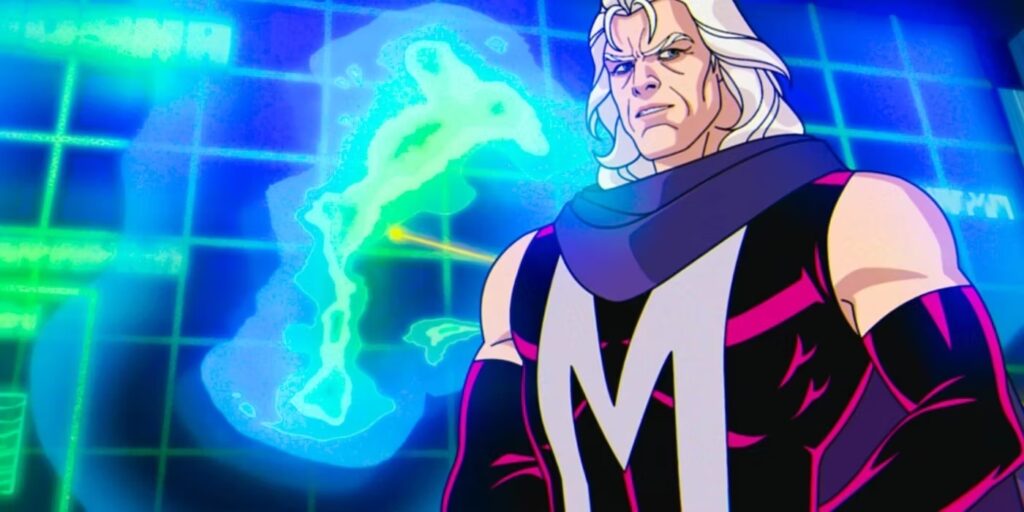
Hair probably wouldn’t strike a lot of people as a major challenge for X-Men ‘97, but what else is deceptively simple when animating the series?
A lot of it, because the wonderful thing, and I guess the double-edged sword of TV 2D animation… Depending on your studio, depending on budget and time, obviously right bandwidth, but the episode you send out to get animated isn’t always necessarily going to be the episode we broadcast and show to the world.
Once we get footage back, then sometimes we’re, for lack of a better phrase, I say mercy, but sometimes we’re at the mercy of whatever the overseas vendor gives us. Thank God we had Studio Mir helping pave the way for that. They’re just awesome. When we get stuff back, we can still push narrative, we can still change timing, we can still even push the story. We can reshuffle stuff around.
Like, “It’d be really cool if it was the other character just looking at them and they’re talking into their glass. Let’s reassign the lip flap.” Let’s always do what we can to just push and massage moments. So, t’s not always just cool, cut, dry, done, paste, and go. Nope. It’s every step of the way. We are honing the story and pushing.
An absolute shoutout to our comp team led by Aisling Harbert-Phillips. I got to give a shoutout to our design character animators led by [animation supervisor] Jeremy Polgar and our in-house team. Marty Walker does a lot of hand fixes, eye fixes, lip flat fixes, subtle head turns, those things that.
What about the film grain?
We have that judder. Back in the ’90s, when the original show was going into broadcast, everything got pushed through a VHS broadcast. No matter what bells and whistles you did onto your show, the final look was always going to have some tactile VHS quality to it. And so, anybody could just throw a VHS filter on, or call it nostalgia, but why were those parameters there? What were, for lack of a better phrase, what were the scientific explanations of why it looked like this?
Why did the color drip? Why did we get banding bars across, oh, because of X, Y, and Z? Cool. Now that we know what caused those things, instead of just mimicking the surface, we can mimic the science. We can get genuine, just a more truthful filter, if that makes sense. Naseer Pasha, one of our in-house animators, he was gracious enough to help us with our post team to help us create one for our show.
There are so many rabbit holes to go down. Every department on our show puts in this level of commitment, detail, and quality. It’s all hard and it’s all easy at the same time.
Make sure to check back next week for more from our interview with Jake Castorena.


